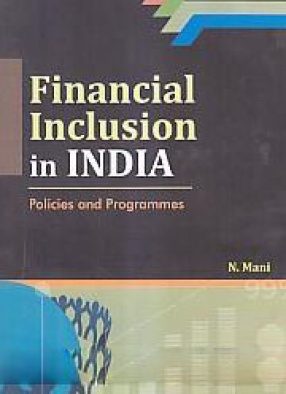Financial Inclusion in India: Policies and Programmes
In India, while one segment of the population has access to an assortment of banking services and financial counseling, the other segment of underprivileged and lower income group is totally deprived of even basic financial services. Exclusion of large segments of the society from financial services adversely affects the overall economic growth of a country. In order to ensure financial inclusion of the poor, particularly in rural areas, various initiatives have been taken by the government and the Reserve Bank of India (RBI). These include the nationalization of commercial banks, the establishment and expansion of rural credit co-operatives, regional rural banks, urban co-operative banks, micro finance and self-help groups, mutual funds, and pension funds. There are several challenges that require concerted efforts from banks, the RBI, and India's government to ensure a convenient and cost-effective delivery of financial services to the public at large. In particular, the challenge is to introduce innovations in risk assessment, reduce transaction costs, devise new credit delivery channels, and use information technology to make financial inclusion a viable model. This book examines the various policies and programs that were implemented in order to make financial services more accessible to the country's underprivileged income groups, resulting in millions of bank accounts being opened.
Get it now and save 10%
BECOME A MEMBER











Bibliographic information